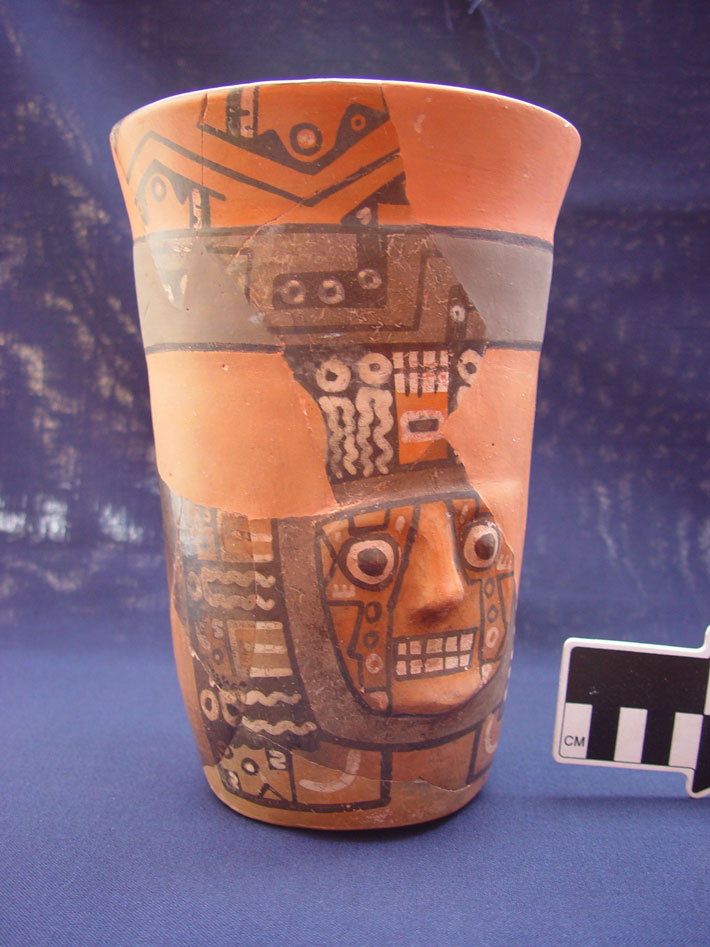 CHICAGO, ILLINOIS—According to a statement released by the Field Museum, researchers led by M. Elizabeth Grávalos and Patrick Ryan Williams analyzed the chemical makeup of ceramics unearthed at different sites in the Wari Empire, which covered more than 1,000 miles over the Andes Mountains and the coast of Peru from A.D. 600 to 1000. The scientists wanted to determine if areas colonized by the Wari Empire imported ceramics from the Wari capital, or if the local potters continued to produce their own wares. The results of the study suggest that in some areas of the empire, Wari colonists had their own production centers and recreated traditional Wari-style pottery in new locations. In other areas, local potters made Wari-style pottery in their own way, blending Wari style with local traditions. “Local production, even in a cosmopolitan society with lots of far-flung connections, makes a society more resilient,” Williams said. “If you’re entirely dependent on someone far away sending you things you need, you’re extremely vulnerable,” he concluded. To read about a ceremonial drink produced at a Wari outpost on the edge of the empire, go to "Alcohol Through the Ages: Forging Wari Alliances."
CHICAGO, ILLINOIS—According to a statement released by the Field Museum, researchers led by M. Elizabeth Grávalos and Patrick Ryan Williams analyzed the chemical makeup of ceramics unearthed at different sites in the Wari Empire, which covered more than 1,000 miles over the Andes Mountains and the coast of Peru from A.D. 600 to 1000. The scientists wanted to determine if areas colonized by the Wari Empire imported ceramics from the Wari capital, or if the local potters continued to produce their own wares. The results of the study suggest that in some areas of the empire, Wari colonists had their own production centers and recreated traditional Wari-style pottery in new locations. In other areas, local potters made Wari-style pottery in their own way, blending Wari style with local traditions. “Local production, even in a cosmopolitan society with lots of far-flung connections, makes a society more resilient,” Williams said. “If you’re entirely dependent on someone far away sending you things you need, you’re extremely vulnerable,” he concluded. To read about a ceremonial drink produced at a Wari outpost on the edge of the empire, go to "Alcohol Through the Ages: Forging Wari Alliances."
Who Made Peru’s Wari Pottery?
